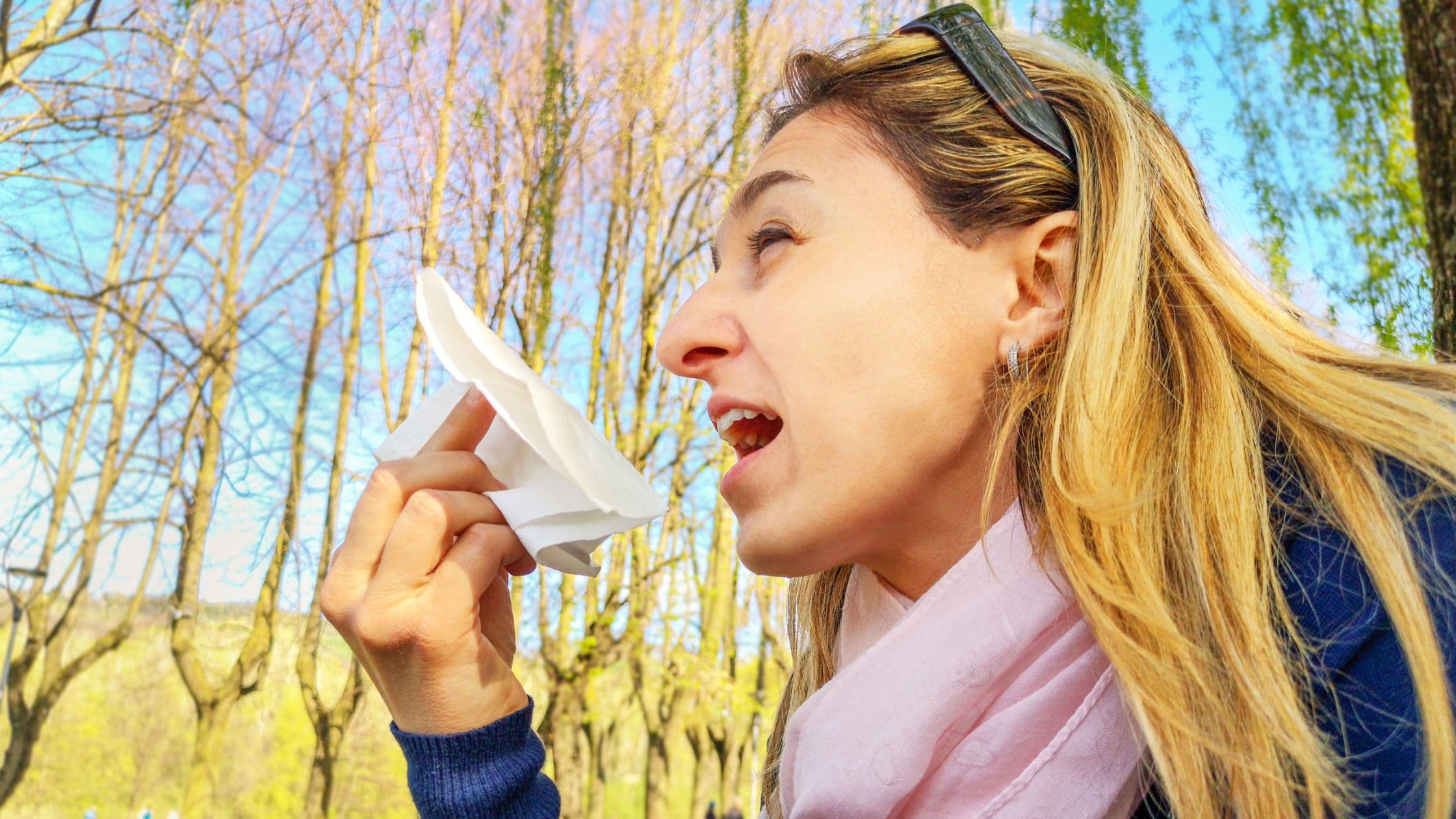2 min read
Understanding and Combating Hay Fever/Seasonal Allergies
Spring has sprung! Flowers are blooming, birds are singing...and you're reaching for a box of tissues? If the arrival of a new season coincides with a sniffly, sneezy onslaught, you're likely not alone. Seasonal allergies, also known as hay fever or allergic rhinitis, can put a damper on the most delightful times of year. But fear not, allergy sufferers!

Understanding the Cause: The Immune System's Misguided Response
Seasonal allergies arise from an overenthusiastic response by your immune system. Here's the breakdown:
- The Culprits: Airborne allergens, such as pollen from trees, weeds, and grasses, are the usual suspects. When you inhale these tiny particles, your immune system mistakenly identifies them as harmful invaders.
- Histamine Havoc: Your body releases histamine, a chemical that triggers the classic allergy symptoms we experience. Histamine causes inflammation in the nose, eyes, and airways, leading to the sniffles, sneezes, itchy eyes, and congestion that define hay fever.
A Symphony of Symptoms:
The telltale signs of seasonal allergies can vary from person to person, but some of the most common culprits include:
- Runny or stuffy nose (rhinitis)
- Watery, itchy, red eyes (conjunctivitis)
- Sneezing
- Cough
- Itchy nose, throat, or roof of the mouth
- Postnasal drip (feeling of mucus dripping down the back of your throat)
- Fatigue
- Headache (sinus pressure)
- Dark circles under the eyes (allergic shiners)